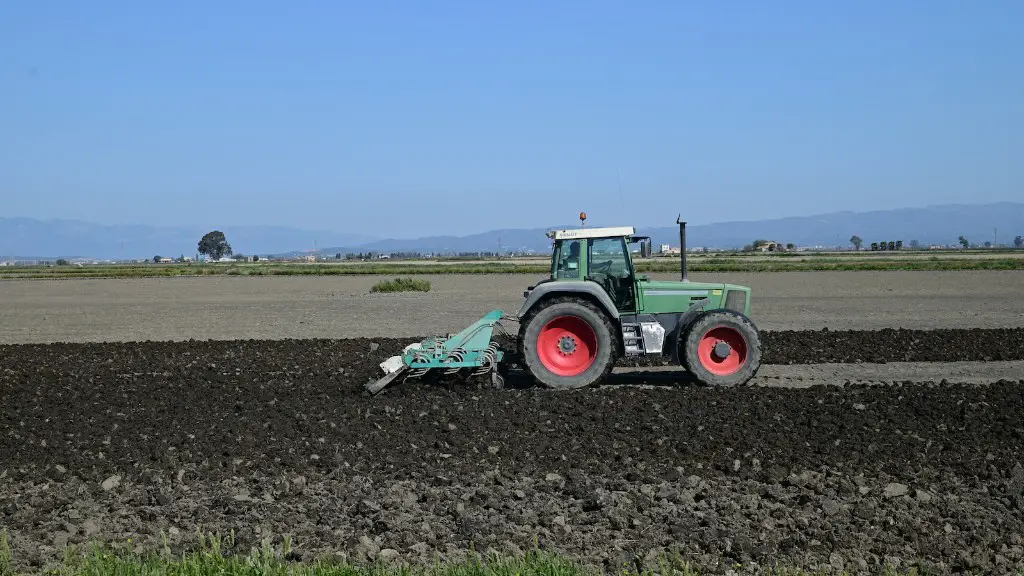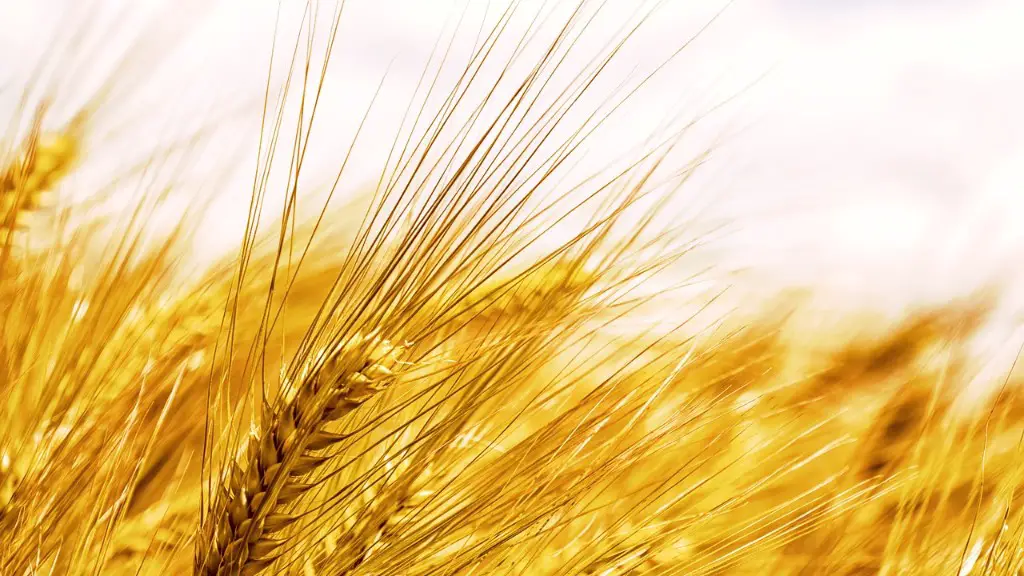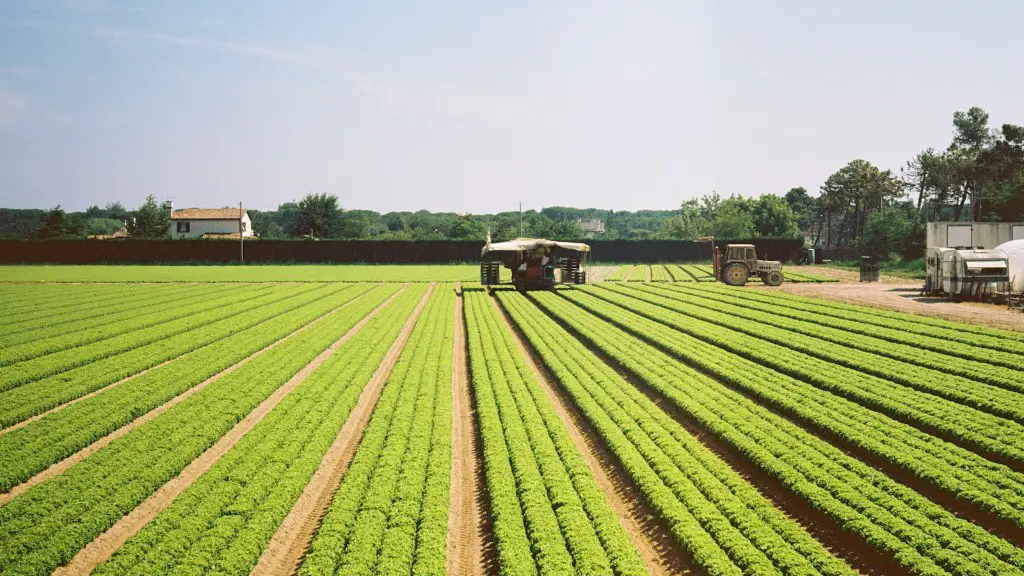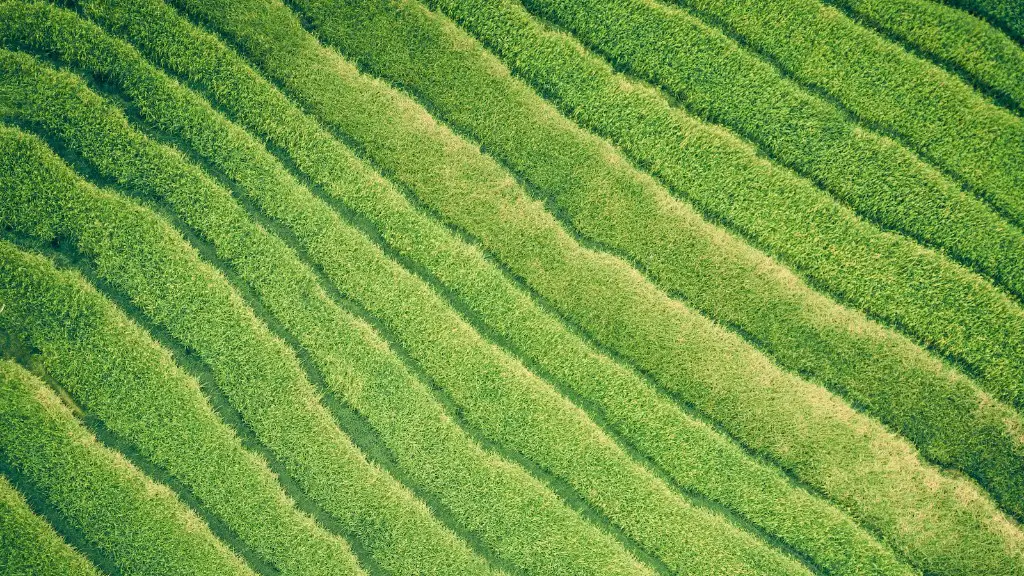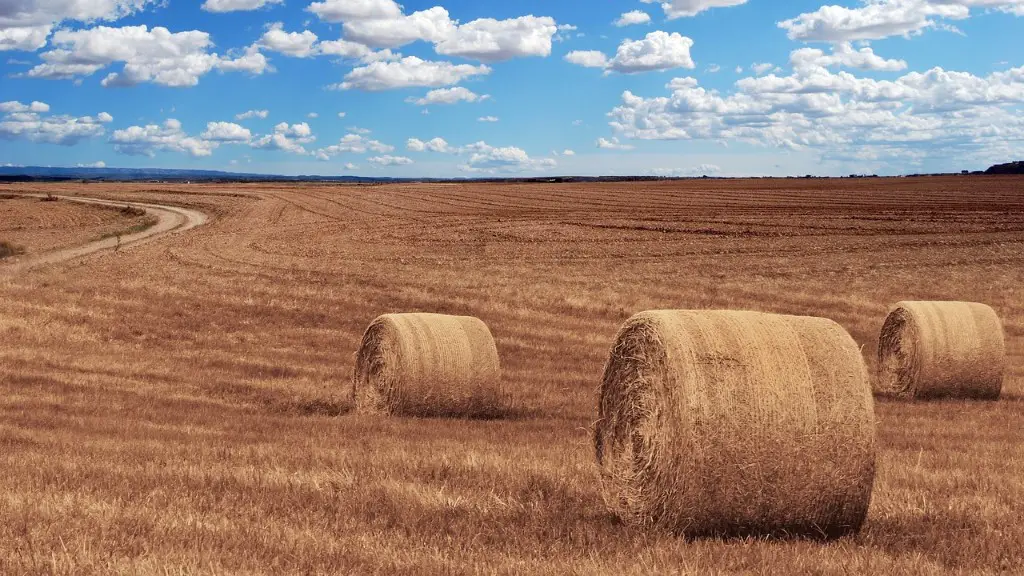The use of biotechnology in the food and agriculture industries is vast and varied. One of the most common applications is the use of genetically modified organisms (GMOs) to produce crops that are resistant to herbicides and pests. This allows farmers to produce a higher yield of food with less inputs, which can lead to lower food prices for consumers. Other applications of biotechnology in agriculture include the use of microorganisms to break down crop residues and the use ofDrought-tolerant crops.
Food and agriculture industries use biotechnology in a number of ways, including to develop new or improved crops, to improve food safety and quality, and to reduce the negative environmental impact of agriculture.
How is biotechnology used in the food industry?
Biotechnology can help to improve traditional food processing techniques, such as fermentation, and can also be used to eliminate toxic components from food. This can help to make foods safer and more nutritious, and can also improve the taste and texture of foods.
Biotechnology is the use of living organisms to create products or perform tasks. In agriculture, biotechnology is used to develop crops with better yields, improved disease resistance, and enhanced flavor and nutrition.
Some examples of biotechnology in agriculture include:
1. Genetically modified crops – Crops that have been genetically engineered to have desirable traits, such as resistance to pests or herbicides.
2. Developing of biofuels – Using plant materials to create renewable fuels, such as ethanol or biodiesel.
3. Improving plant growth – Using biotechnology to develop crops that grow faster or require less water and fertilizer.
4. Improving plant seed quality – Using biotechnology to develop seeds that are more resistant to disease or pests.
5. Improve animal health and breeding – Using biotechnology to develop healthier, faster-growing animals.
What is an example of biotechnology in food
Biotechnology is often used to produce crops that are resistant to pests or herbicides, or that have other desirable characteristics. For example, crops produced by biotechnology include soybeans, corn, cotton, canola, papaya, tomatoes and squash. In addition, an enzyme used to make cheese and yeast to make bread is commonly produced by biotechnology.
Biotechnology in agricultural production and food processing may affect the quality and safety of food in several direct and indirect ways: (1) by displacing or altering the genes that control the nutritional constituents of food crops and livestock; (2) by altering the genes that affect the levels of naturally occurring toxins in food crops and livestock; (3) by increasing the susceptibility of food crops and livestock to pathogens; and (4) by altering the composition of the microflora that is present in or on food. These effects may be direct, in that the altered food itself may be less nutritious or more toxic, or they may be indirect, in that the altered food may adversely affect the health of the consumer.
What are 3 products in the food industry that are produced by biotechnology?
Other applications of genetic engineering to enzyme production for the food industry include: lactase, to break down milk lactose; lipase and esterase, to develop cheese flavor; pectinase, to improve yield, reduce viscosity, and enhance clarification in fruit juice processing and wine making; protease, to serve as a .
Plant biotechnology has been a boon for agriculture, providing farmers with tools to improve crop productivity and reduce the environmental impact of farming. The technology has helped farmers to produce more food, feed, and fiber while using less land, water, and other resources. In addition, plant biotechnology has played a key role in developing crops that are resistant to pests and diseases, which has helped to reduce crop losses and improve food security.
How is biotechnology used in agriculture and why?
Biotechnology can help farmers manage emerging challenges, including those arising from climate change and pressure on global food supplies. Genetically modified crops can mitigate the effects of adverse environmental conditions through improved tolerance to drought, salinity and variable temperatures. Farmers can also use biotechnology to increase crop yields and improve the quality of their crops.
Biotechnology is not new. For thousands of years people have been using and manipulating living organisms: yeast to make bread and beer, for example; bacteria to make yogurt and cheese; fungi to produce antibiotics; and domesticating animals and breeding crops for farming, forestry and fisheries.
What are 5 biotechnology examples
Biotechnology is a field of applied biology that involves the use of living organisms and bioprocesses to make or modify products for specific use. Key applications of biotechnology include DNA profiling, DNA cloning, transgenesis, genome analysis, stem cells and tissue engineering.
Biotechnology is the use of living systems and organisms to develop or make products, or “any technological application that uses biological systems, living organisms or derivatives thereof, to make or modify products or processes for specific use”
Genetic engineering, on the other hand, is the direct manipulation of an organism’s genes using biotechnology. It is a set of technologies used to change the genetic makeup of cells, including the transfer of genes within and across species boundaries to produce improved or novel organisms.
The development of insulin, the growth hormone, molecular identity and diagnostics, gene therapies and vaccines such as hepatitis B are some of the milestones of biotechnology and its alliance with genetic engineering.
How biotechnology increases food production?
There are pros and cons to all three options for increasing food production.
Agro-chemical based agriculture is the most common form of agriculture and involves using synthetic fertilizers and pesticides to grow crops. This method can be very effective in boosting food production, but can also have negative impacts on the environment and human health.
Organic agriculture is a less common method, but is growing in popularity. This method involves using natural methods to grow crops, such as using compost and other organic materials to fertilize the soil. This method is more labor intensive and can be more expensive, but is safer for the environment and human health.
Genetically engineered crops are a controversial method of increasing food production. This method involves manipulating the genes of crops to make them more resistant to pests and diseases. This can be an effective way to boost food production, but there is much debate about the safety of this method.
Biotechnology is the use of living organisms to create products that are useful to humans. These products can be used in a variety of industries, including pharmaceuticals, agriculture, and environmental cleanup. Biotechnology can also be used to create more efficient manufacturing processes and to develop new sources of energy.
What are 5 examples of crops that utilize plant biotechnology
According to the USDA, the primary biotech crops grown in the United States are corn, cotton, and soybeans. However, other crops such as canola, squash, papaya, alfalfa, and sugarbeet are also grown using biotechnology. Biotechnology is used to improve crops by making them more resistant to pests and diseases, or by increasing their nutritional content.
Food biotechnology has been around for centuries, but has only recently been recognized for its potential in the food industry. Food biotechnology is the application of biological processes to food production and processing. It can be used to improve the quality, nutritional content, taste, and cost-effectiveness of food. Food biotechnology has the potential to make a significant impact on the food industry, and should be given serious consideration by those involved in food production and processing.
What are 3 of the uses of biotechnology today?
Biotechnology is the application of scientific and engineering principles to the processing of materials by biological agents to provide goods and services.
In other words, biotechnology is the use of living organisms or their products to modify or make products or processes for specific use.
Applications of biotechnology are found in all areas of our lives, from the food we eat to the fuel we use. Vaccines, for example, are a product of biotechnology that help to keep us healthy. Similarly, bioremediation is a process that uses microorganisms to clean up environmental contamination.
Other everyday applications of biotechnology include pest resistant crops, cheese production, and the production of alcoholic drinks.
With its wide range of applications, biotechnology is an important tool that can help us solve many challenges facing our world today.
The use and commercialization of modern biotechnology often fall into four main fields: environment, medicine, industry and agriculture.
The field of environmental biotechnology deals with the development of sustainable practices that reduce pollution and waste. One example of this is the development of bacteria that can break down oil spills.
The field of medical biotechnology deals with the development of treatments and cures for diseases. One example of this is the development of vaccines.
The field of industrial biotechnology deals with the development of products and processes that are more efficient and environmentally friendly. One example of this is the development of enzymes that can be used in the manufacturing process.
The field of agricultural biotechnology deals with the development of products and processes that improve crop yield and quality. One example of this is the development of genetically modified crops.
Warp Up
There are a number of ways that the food and agriculture industries use biotechnology. One way is through the use of genetically modified crops. These crops have been altered at the genetic level in order to make them more resistant to pests and diseases, or to increase their yield. Another way that biotechnology is used in these industries is through the use of livestock that have been genetically modified to produce more milk or meat. Additionally, biotechnology is used to create new food products, or to improve existing food products. For example, biotechnology is used to create cheeses that have a longer shelf life, or to create healthier alternative to traditional foods.
The food and agriculture industries use biotechnology to improve the quality of food and to increase crop yields. Biotechnology can also be used to develop new and improved strains of crops that are resistant to pests and diseases.
